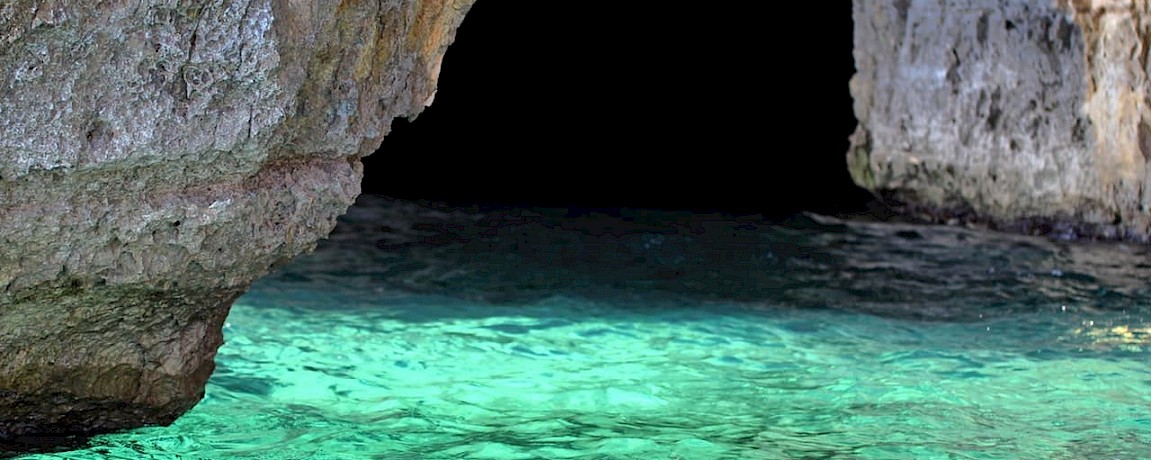Limestone is AMAZING!
This week we are interested in the Yucatan’s most defining geographic element, the humble limestone.
“Limestone is a sedimentary rock, composed mainly of skeletal fragments of marine organisms such as coral. Its major materials are different forms of calcium carbonate (CaCO3).” —wikipedia
Thanks to long-dead coral formations, we sit and read atop one of the world’s largest skeletons. This was fortunate for early peoples who found the limestone it an invaluable building material, as blocks and mortar. When limestone is cut from the ground, it is soft and workable, but, as it dries out, becomes very hard and durable. These properties make limestone essential for producing cement and whitewash.
 Early Mayans and South Americans used a naturally occurring mixture of limestone and gravel mixture, called sascab for mortar and paving. The word lime originates with its earliest use as building mortar and has the sense of sticking or adhering. More refined mixtures may have also been used for pottery.
Early Mayans and South Americans used a naturally occurring mixture of limestone and gravel mixture, called sascab for mortar and paving. The word lime originates with its earliest use as building mortar and has the sense of sticking or adhering. More refined mixtures may have also been used for pottery.
“According to travel writer Jeanine Kitchel, the American explorer of the Yucatan, Edward Herbert Thompson found (ca.1900) ‘shallow quarries near Chichen Itza with worked veins of sascab…” —wikipedia
Learning about limestone's chemical composition helps explain why it has so many uses. The following information is mostly from Jim Conrad’s wonderful site. Please have a look and donate to his writing efforts.
Limestone goes through a chemical reaction when it is heated above 825 °C (1,517 °F).
CaCO3(solid) → CaO(solid) + CO2(gaseous)
CO2 is released leaving a white powder called “quicklime” or “burnt lime.” CaO is mostly used for making steel, but it is not stable and, when cooled, reacts with CO2 from the air until it is completely converted back to calcium carbonate (limestone). The reaction can be prevented by mixing quicklime with water—a process called “slaking”—to produce “hydrated lime.”
CaO(solid) + H2O(liquid) ---> Ca(OH)2(liquid) + heat
This material is used as whitewash for houses, a component for cement, food processing agent and even a breath freshener! As the water evaporates, you are left with calcium carbonate (limestone) which sticks to walls and is hard as rock!
As you can see above, the reaction caused by adding water to lime produces heat. According to Jim, the Material Safety Data Sheet for CaO (quicklime) at a cement company in Kansas carries this warning about it:
"Warning: Sufficient heat can be created during hydration to ignite paper, wood, rags or other combustible materials."
 Ancient Romans also discovered that, by adding minerals found in volcanic rock or ash to the slaking process, they could create cement that would harden underwater! This "hydraulic cement" was used extensively for aqueducts and piers and is similar to the Portland cement often used today.
Ancient Romans also discovered that, by adding minerals found in volcanic rock or ash to the slaking process, they could create cement that would harden underwater! This "hydraulic cement" was used extensively for aqueducts and piers and is similar to the Portland cement often used today.
Due to limestone's affinity for water and carbon dioxide, it erodes quickly. This chemical breakdown is a major cause of damage to early Mayan structures. It is also the process which creates the water-filled caverns, known as cenotes, and other classic karst formations...but that's for another article!
These days, CO2 sequestration is a hot topic among researchers working on climate change solutions. Perhaps the humble limestone will take the spotlight again as more uses for this amazing mineral are discovered. Even if cement science doesn’t pique your interest I hope this gives you some appreciation of the valuable resource we use to build, paint and stand atop here in the Yucatan.
—Again, that’s Jim Conrad’s account of burning limestone, which sparked my curiosity for this article. Be sure to check out his page and donate and...
Thanks for reading!











Comments
The Working Grillos 8 years ago
gmack803@gmail.com wrote:
"Cal--it is also used in cooking--for example in making candied green
papaya. One can buy cal here specifically make for cooking."
Thanks for the tip! Got any recipes for us? Would love to try this.
We read that Cal is used as a clarifying agent in food production for things like juices. I guess it clumps up around contaminants, which are then removed from the finished product. Great stuff.
Thanks for writing!
Reply
(0 to 1 comments)